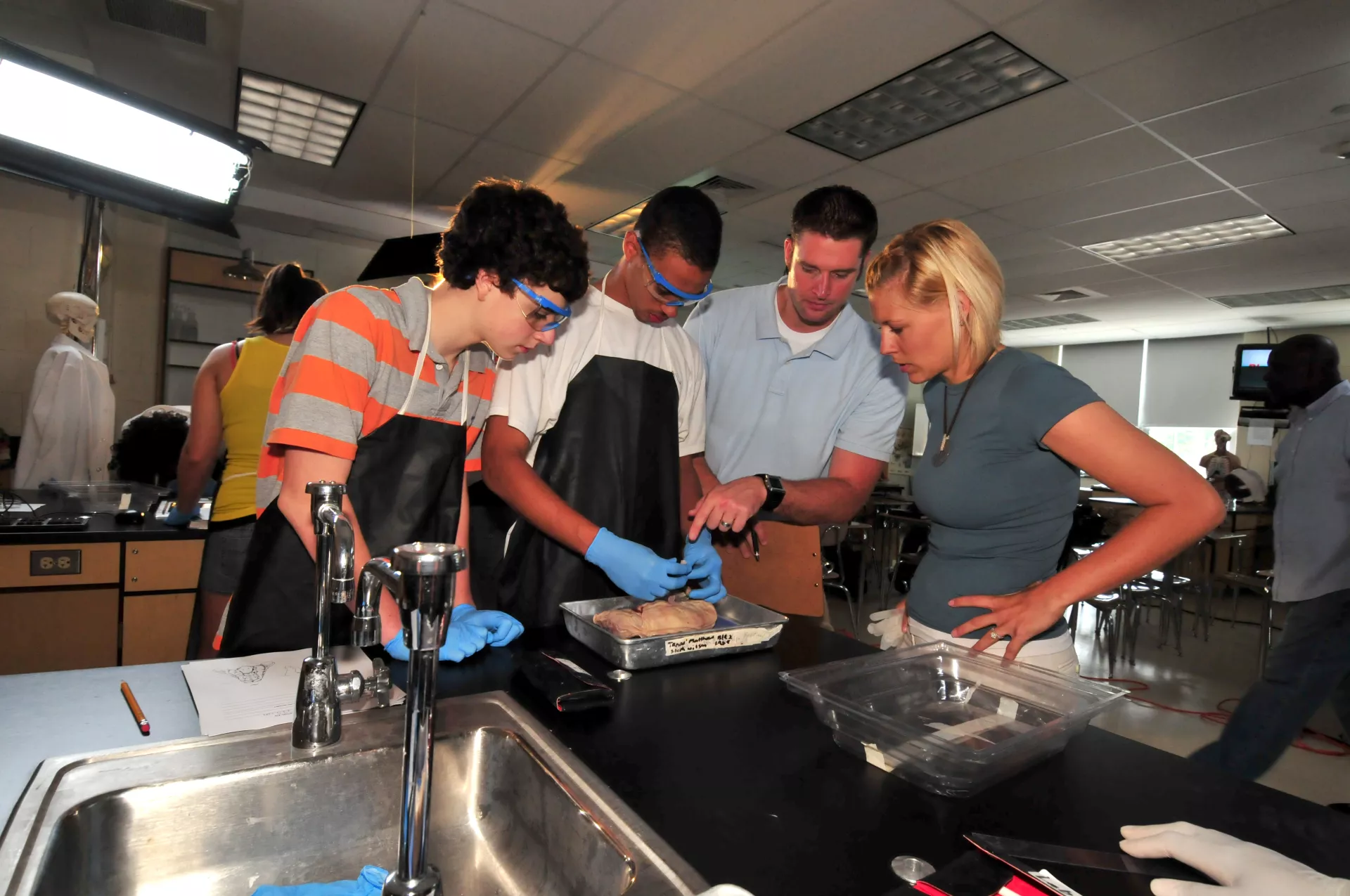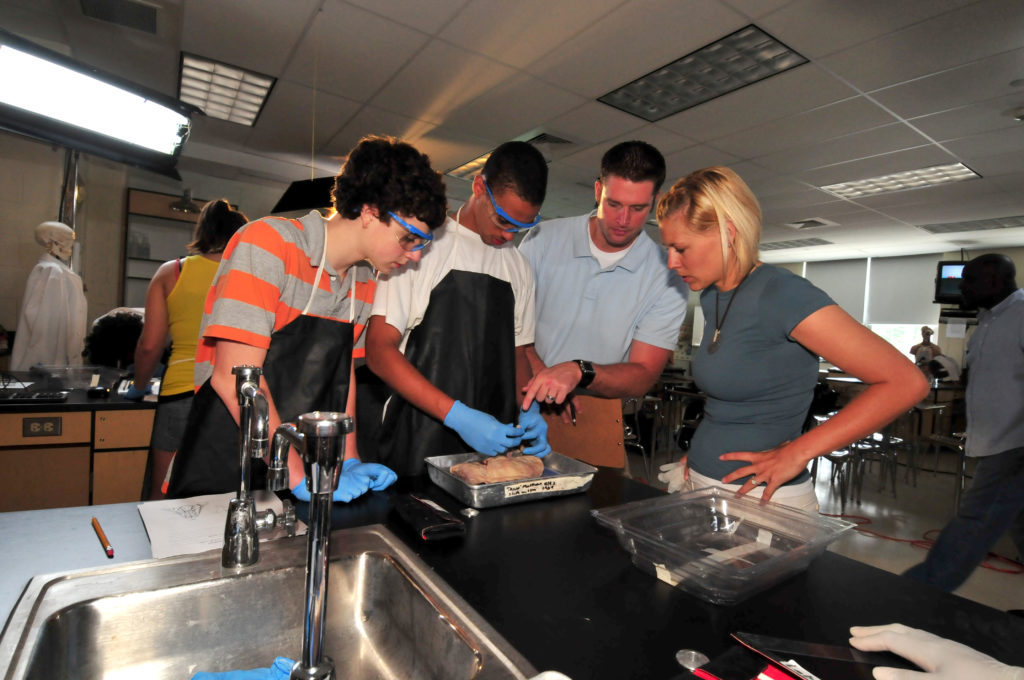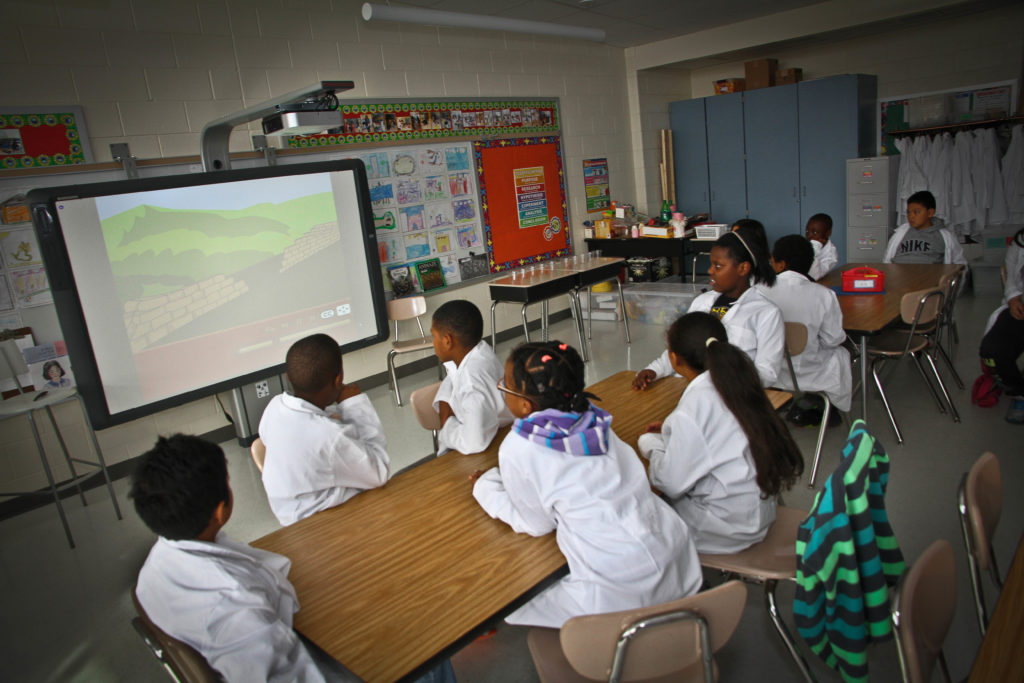Encourage students to break the mold and be unique when searching for an answer to a science lab or problem.
I teach middle school science, but my lessons don’t end when the bell rings. In every class, my goal is to prepare my students for the real world through a science lens. I want my students to walk away with not only greater science knowledge, but more confidence in their abilities and qualities as people.
When my students finish my class, I want them to be able to::
Work with Others
Opportunities to teach interpersonal and soft skills exist even in science class. Science is not a one-man show, and does not exist in a vacuum; it requires collaboration and an exchange of ideas. My students are constantly working with each other during lab projects to find solutions together.
Further than just working with others, I encourage my students to work with others that think differently than they do. I often change seating arrangements to ensure they’re working with different people and personality types. In life, we don’t always get to choose who we work with, so neither do my students.
Think Critically in Today’s Political Climate
Especially in light of current politics, I stress critical thinking in, and outside of, my class. Rather than accepting whatever’s on TV and the internet, I ask my students to use scientific decision-making – which considers the evidence presented, and the validity of that evidence.
Be Curious About Science in Everyday Life
When we’re curious, we learn more effectively. My decade of teaching experience has shown me that students are most curious about what can be applied to their lives and what they consume. I apply science lessons to what matters to them.
We talk about the aerodynamics of a football flying through the air. We discuss how special effects in movies sometimes break the laws of physics. We conduct experiments with smartphones. Connecting science to what students think about in their day-to-day lives excites them and increases the likelihood of students grasping scientific concepts.
When class ends, they continue to analyze things in their life through a scientific approach.
Value Independence and Uniqueness
Individuality is an extremely underrated characteristic of great scientists. I tell my students that they are all independent variables, the one thing that you as a scientist can change.
To make scientific discoveries it takes creativity, passion, grit and an independent mind. I encourage students to break the mold and be unique when searching for an answer to a science lab or problem.
Nothing is more valuable than witnessing these lessons in action--watching some of my students pursue careers in the science field is just a bonus.




